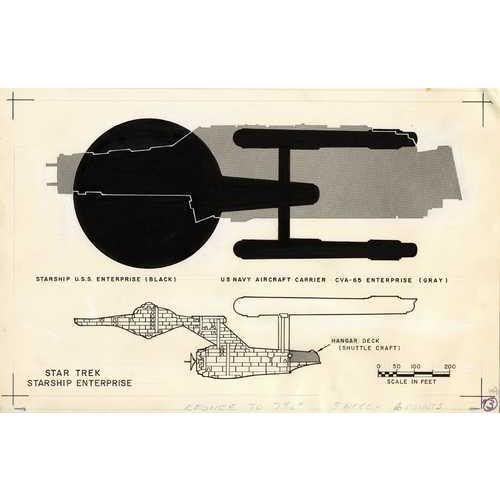I would warn against attempts to read omission as
intent... it tends to lead to a lot of very bizarre theories. For example, I forgot my keys at home last week, was my
intent never to return?
From the point of view of someone drawing this stuff, it is easier to not draw this aspect... at all. No effort is require to forget to add it, but more effort than usual is required to include it. Jefferies took such efforts on a number of occasions (even before the models were built).
The omission of the undercut on a drawing that was in fact based on a trace of another drawing he had done on sheets about the size of a standard piece of paper intended as a general reference for the writers seems like a weak argument for a theory of
intent.
But I'll leave it to each of you guys to decide... here are a number of Jefferies sketches which might be helpful to either side of the discussion.
Of course if Jefferies didn't want the undercut, removing it would have been quite simple when he revisited the
design in 1977 for Phase II.
I don't know what the undercut is for any more than I know what the markings on the underside are for. I do believe that people shouldn't take their own personal theories so personally if others disagree. Many of us have threads where we can lament our own theories which is why I would hesitate to push them in a thread like this (where a study of the evidence on hand would be more productive).
But if we are talking about how Jefferies might have viewed it, it seems like it was not meant as an undercut, but an extension downwards from the hull. Time and again he added a straight edge and change of angle on his primary hull drawings. I don't know what it was for, but I do know that even after that feature failed to show up on the models he continued to include it on his drawings.





